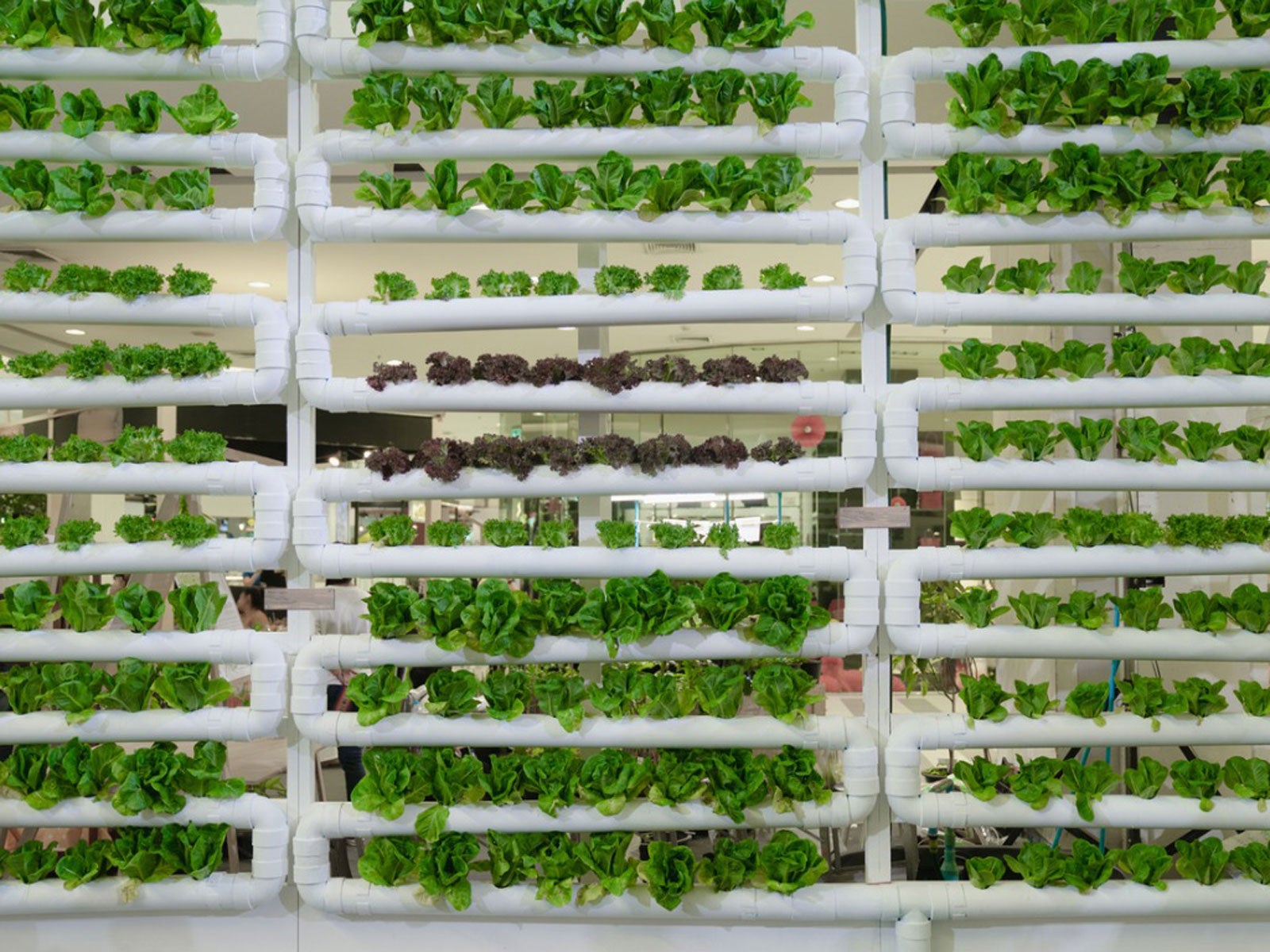Vertical Farming How To: Starting A Vertical Farm In Your House


Starting a vertical farm at home can provide your family with fresh veggies year-round and with a little ingenuity, you could even turn vertical farming at home into a profitable business. Exactly what are vertical farms? It is basically indoor farming using a system of racks, towers, or shelves to stack plants vertically.
Vertical Farming How To
The beauty of vertical gardening at home is it takes up very little space. A closet, a corner of the kitchen, or an unfinished basement might be the perfect spot for starting a vertical farm. You will need the ability to control temperature and humidity as well as provide artificial light, water, and fertilizer.
Before starting a vertical farm, you will need to acquire some equipment. A wire-rack shelving unit with grow lights is one possibility. Tower gardens, built from PVC pipe, are another popular choice. If you have a sunny kitchen, mounting a hydroponic jar garden on a south-facing wall could provide your family with a steady supply of lettuce, herbs, and greens.
The type of equipment selected for vertical gardening at home can also dictate whether you plant in soil, a soilless medium, or use a hydroponic system. Any of these methods can produce healthy, fresh vegetables. Soilless mediums and hydroponics are usually freer from soil-borne parasites and diseases, but pests and pathogens can be introduced into these systems and quickly overtake the plants.
Vertical Farming Ideas
What can you grow in a vertical farm? Basically, any vegetable you can grow in your garden can be used for vertical gardening at home. Fast maturing, leafy greens are good crops to try when starting a vertical farm. These include:
As you gain experience, experiment with vertically farmed tomatoes, peppers, or woody herbs like rosemary. These vegetables take longer to go from seed to harvest but often warrant a higher price at market.
If your goal is to sell vertical garden produce for a profit, consider these additional vertical farming how-to tips:
Sign up for the Gardening Know How newsletter today and receive a free copy of our e-book "How to Grow Delicious Tomatoes".
- Profit potential – Choose a crop based on its marketability in your area. Does the upscale restaurant down the block need a steady supply of microgreens or is your plan to grow fresh strawberries year-round for the local grocery store?
- Fast turn vs. slow turn crops – Microgreens can take less than a month to mature, while crops like tomatoes and peppers can take two to three months to put out their first fruit. How soon you are looking to get a return on your investment of time and money can influence your choice of crops.
- Start slow – The type of equipment used in vertical farming can vary according to the crop. Before investing your entire savings in a snap pea set-up, for instance, trial this crop for operational costs, yields, and selling price.
- Diversify – Don't put all your eggs in one basket or fill your vertical farm with only one type of crop. Growing a variety of vegetables or herbs can provide a steadier cash flow and protect against total loss if one crop fails.

Laura Miller has been gardening all her life. Holding a degree in Biology, Nutrition, and Agriculture, Laura's area of expertise is vegetables, herbs, and all things edible. She lives in Ohio.